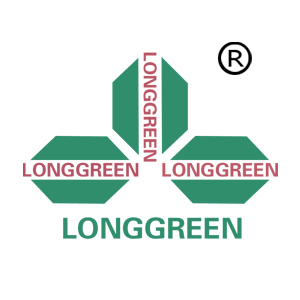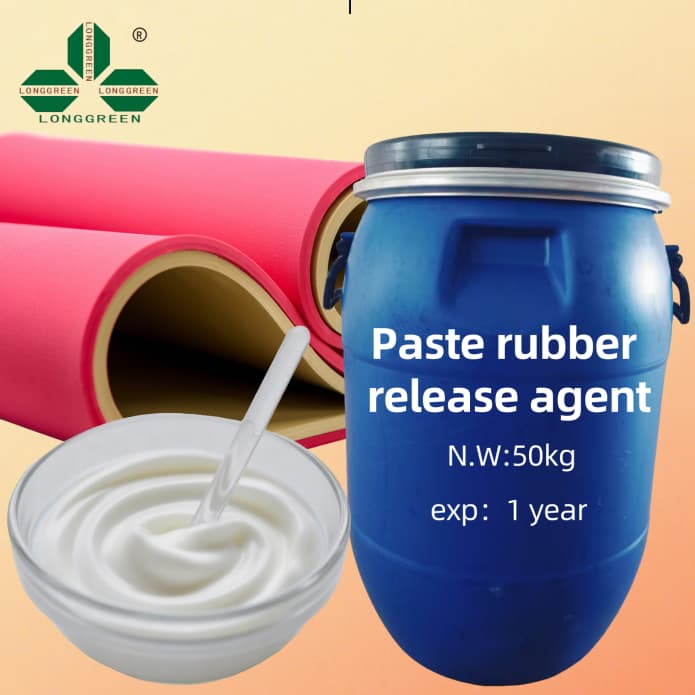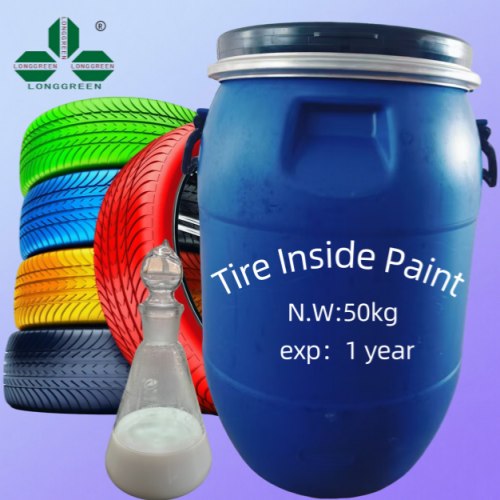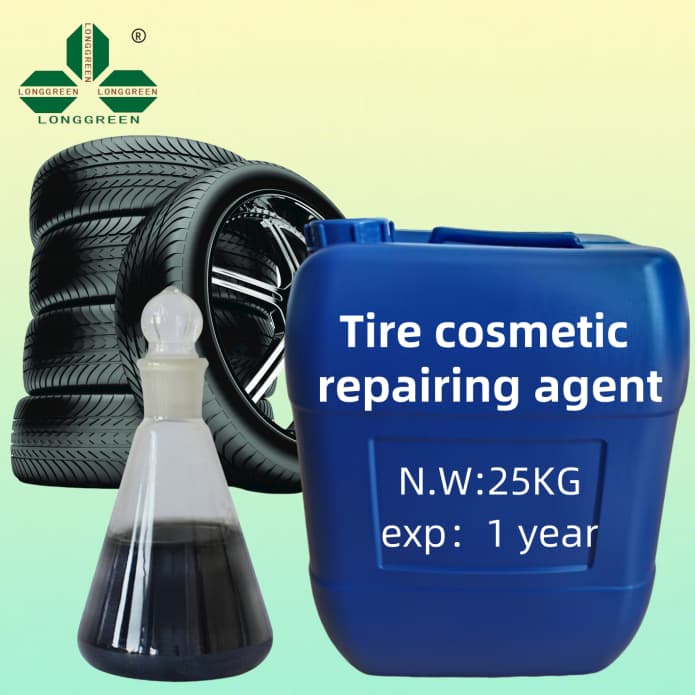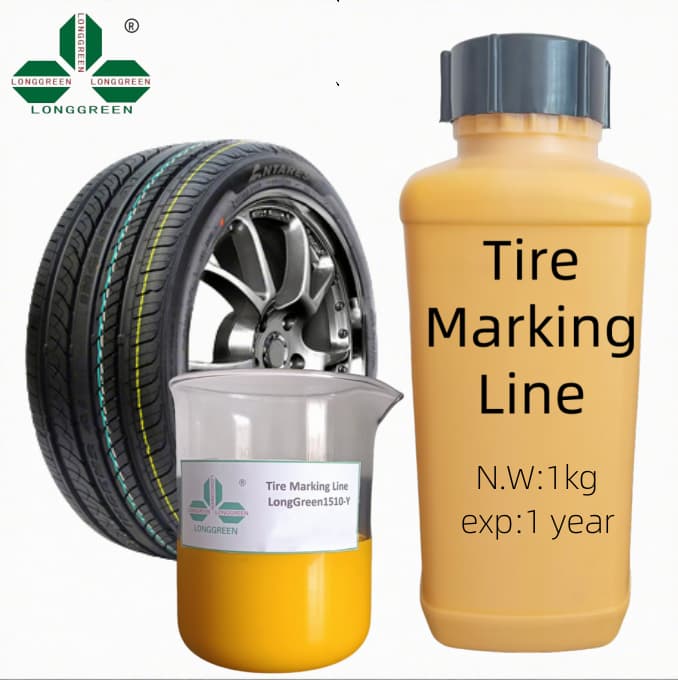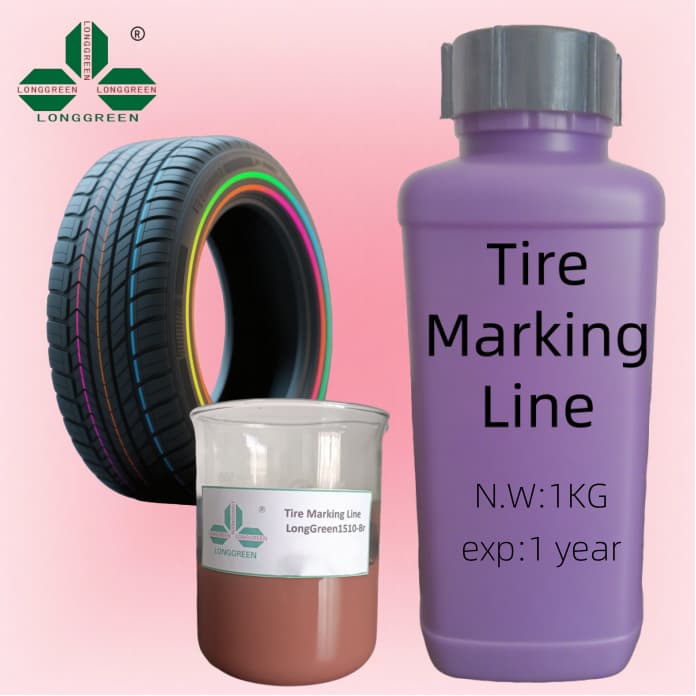The global tire industry is grappling with rising demands for precision, efficiency, and sustainability—all of which hinge on a critical yet often overlooked production step: ensuring reliable release after vulcanization. This is where Effective release performance post-cure emerges as a make-or-break factor, and recent advancements in tire chemicals are transforming how manufacturers achieve it.
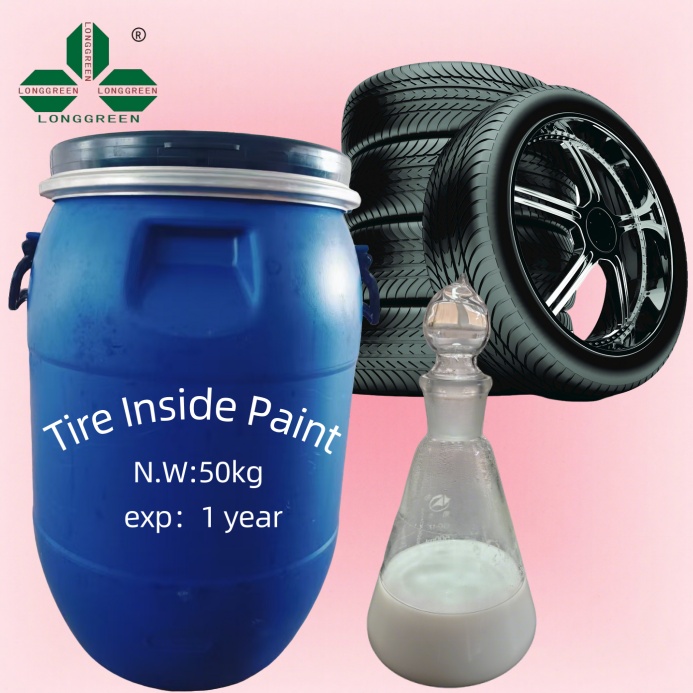
A leading chemical supplier announced this week the launch of its latest mold release agent, engineered specifically to enhance performance for both passenger and commercial vehicle tires. Traditional mold release products often struggle with residue buildup, uneven film formation, or reduced effectiveness after repeated vulcanization cycles—issues that lead to costly production delays, increased mold maintenance, and even defects in tire treads or sidewalls. The new formulation addresses these pain points through a unique silicone-free design that forms a durable, heat-resistant barrier during vulcanization, ensuring consistent Effective release performance post-cure across 500+ mold cycles without reapplication.
“For tire plants, Effective release performance post-cure isn’t just a technical metric—it’s directly tied to OEE (Overall Equipment Efficiency) and product quality,” noted a senior product manager at the chemical supplier. “In field tests with a major North American tire manufacturer, the new mold release agent improved this key performance by 40%: release time per tire dropped from 2.2 minutes to 1.5 minutes, and mold cleaning frequency was reduced by 60%. That translates to 12% more tires produced daily, with zero defects linked to poor post-cure release.”
The significance of Effective release performance post-cure has grown further amid the rise of electric vehicle (EV) tires. EV tires require thicker sidewalls and more complex tread patterns to support heavier battery weights, making release more challenging. A 2024 study by the Tire Technology International Association found that 38% of EV tire production delays are caused by inadequate Effective release performance post-cure, as traditional agents fail to adapt to the higher vulcanization temperatures and longer cycle times of EV tire manufacturing. The new mold release agent, however, maintains its release efficacy even at 180°C (356°F)—the typical vulcanization temperature for EV tires—without compromising rubber adhesion or tire durability.
Sustainability is another driver behind the focus on Effective release performance post-cure. The new mold release agent is free of volatile organic compounds (VOCs) and meets the EU’s REACH regulation standards, addressing the industry’s push to reduce environmental impact. “Better performance means less waste—fewer scrapped tires due to release damage, and less chemical runoff from frequent mold cleaning,” the senior product manager added. “Customers report a 15% reduction in their carbon footprint related to tire production after adopting the new formulation.”
Industry experts predict that Effective release performance post-cure will become a key differentiator for tire manufacturers in the coming years. As demand for EVs and high-performance tires grows, chemical suppliers are racing to develop next-generation solutions. The supplier behind the new mold release agent plans to expand production to its European and Asian facilities by Q3 2025, with trials already underway at two major Chinese tire makers.
“Tire manufacturing is evolving, and Effective release performance post-cure is no longer an afterthought—it’s a strategic priority,” said an analyst at a leading industrial insights firm. “Innovations like this new mold release agent are setting a new bar, showing that optimizing post-cure release can boost efficiency, quality, and sustainability all at once.”
